Log in or create new account to save this product to your wishlist.
How & When to Plant a Beech Hedge: a complete guide
A well-cared-for beech hedge provides years of beauty and privacy. Find out how to plant these attractive shrubs for the best results.
Latest articles
7 MIN 22 Jul How to keep your lawn in shape this summer 9 MIN 15 Jul Watering Your Garden: 10 Top Tips! 11 MIN 15 Jul Is Your Grass Type Right for your Garden? 11 MIN 10 Sep Create Your Low-Maintenance Garden – Tips and Ideas 11 MIN 08 Sep The Ultimate Guide to Choosing the Perfect Hedges for Your Garden 12 MIN 30 Aug The Top 20 Evergreen Climbers to Transform Your GardenLooking for a natural and elegant way to delineate your garden? A beech hedge is the answer. And whether a seasoned gardener or an absolute beginner, you’ll be thrilled to discover that caring for a beech hedge is simple — as long as you follow the rules.
- The advantages of a beech hedge
- Type of beech hedges
- The differences between the beech hedge and the hornbeam
- When to plant a beech hedge?
- Where to plant a beech hedge?
- The best soil for planting a beech hedge
- A step-by-step plan for planting your beech hedges
- The correct planting distance for a beech hedge
- When to transplant a beech hedge?
- How to maintain a beech hedge
- Common problems with beech hedges: solved
- FAQs
Beech hedges are among the most popular garden hedges because of their beautiful, abundant foliage, fast growth, and easy maintenance. But how do you plant them, and what are the common problems?
In this article, you’ll learn everything you’ll need to know about planting beech hedges, from when to plant your new bush to how to maintain it for strength, privacy, and beauty.
Ready? Let’s go!
The advantages of a beech hedge
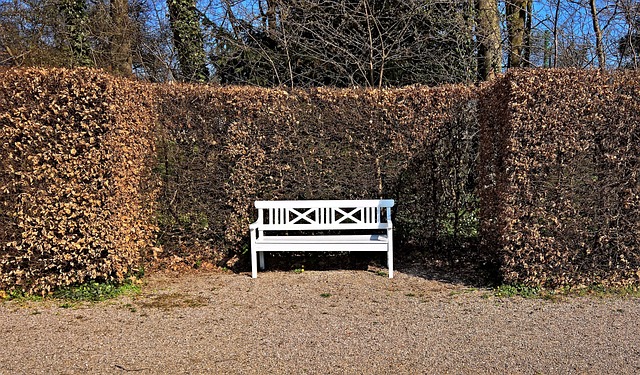
People choose beech hedges for many reasons, but none more than the gorgeous, dense foliage that offers privacy in your garden. Beech hedges have tightly packed branches, which produce an abundance of leaves. This helps reduce noise from getting in or out of your garden while keeping prying eyes out of your private spaces.
A well-maintained beech hedge gives your garden a natural look, forming a perfect background against which other plants come into their own.
Type of beech hedges
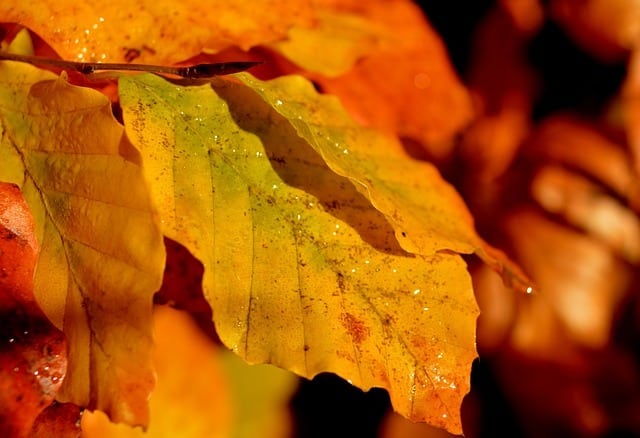
There are two types of beech hedges: green and red. Both are essentially the same plant as the larger beech tree, with a few fundamental differences.
The green beech hedge is the most commonly found variety in the UK. As the name suggests, the green beech has evergreen leaves, offering a vibrant green even in the winter.
However, the red beech hedge has red leaves that turn a deep purple/brown in the autumn. So, if you’re looking for a barrier that changes with the seasons, go for red beech.
Both varieties offer dense vegetation and require regular pruning to maintain their shape.
The differences between the beech hedge and the hornbeam
Many people confuse beech hedges with the hornbeam hedge (Carpinus betulus), which has a rough, grey-brown bark and loses its leaves in the winter.
In contrast, the beech hedge has a smooth, grey back and retains its leaves all year round.
However, beech hedges are a little more sensitive to drought than hornbeams, so water your beech hedge during drought periods.
When to plant a beech hedge?
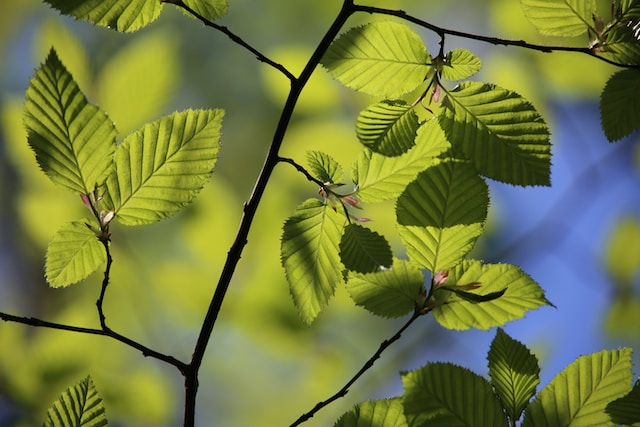
The optimal time to plant a beech hedge is during the autumn or early spring when the soil is moist and the weather mild. Autumn is ideal because it allows the roots to grow during the winter and establish themselves before the growing season begins.
However, avoid planting your new beech hedges during the winter, especially during periods of frost — this will stunt the growth of your hedge.
Important seasons considerations
Take the following considerations into account if you have to plant your beech hedges outside of the optimal period:
- Summer — ensure the soil around your hedges remains continuously moist, especially during drought
- Winter — avoid planting beech hedges where they’ll be exposed to cold winds when young, and always ensure the soil has plenty of drainage during winter. Otherwise, wait until early spring.
Where to plant a beech hedge?

Beech hedges are ideally located in full sun, but they’re equally happy with partial shade.
Ensure there’s plenty of room for this fast-growing bush to develop. In normal conditions, expect a growth of 30cm-60cm each year, so make sure you’re not placing your beech saplings too close to other plants, bushes, or trees that could hinder their growth.
The best soil for planting a beech hedge
Beech hedges thrive in well-drained, nutrient-rich soil.
However, this doesn’t discount beech hedges from growing in heavy clay soil; you’ll just need to improve the earth by adding well-rotted compost or organic matter, such as horticultural sand, to lighten the soil and optimise the drainage.
Are you unsure which soil type you have in your garden? Check out our expert guide to determining and improving your soil.
Garden doctor Louis says:
It’s essential to understand your garden soil type. This will allow you to select plants ideal to your conditions or improve the soil to accommodate wider plant varieties. Get your soil tested by a specialist or at your garden centre, or use our handy guide.
A step-by-step plan for planting your beech hedges
Don’t just plonk your hedges in the soil and hope for the best. Follow our step-by-step guide for optimal bush growth!
- Dig a trench: 40cm deep x 30cm wide. Ensure the channel is twice as wide as the beech hedge’s root ball.
- Prepare the soil by loosening compacted earth, removing stones, and pulling weeds from the roots.
- Feed the soil by mixing good-quality compost and organic matter or planting fertiliser into the earth to provide plenty of nutrition for your new plants.
- Place your saplings in the trench, 30cm-50cm apart. Ensure the roots are held within the channel, then cover them completely with soil around the base of the plant.
- Tamp the soil gently, ensuring the plant is perfectly upright. Then, firm down the soil around the base.
- Water abundantly.
- Mulch the soil around the bushes to prevent weeds.
The correct planting distance for a beech hedge
Avoid planting your saplings closer than 30cm apart, but you could leave up to 50cm between plants.
However:
Saplings planted closer together result in a more dense hedge once full-grown.
Single or double beech hedge planting?
A single beech hedge offers good privacy, but it is possible to plant a double row for extra density. Of course, your garden’s size is a significant consideration — a single row is perfect for smaller gardens, while a double row provides greater privacy for more extensive gardens.
When planting your beech hedges in a double row, stagger them, leaving 30cm between the plants to allow them to grow to their full capacity.
When to transplant a beech hedge?
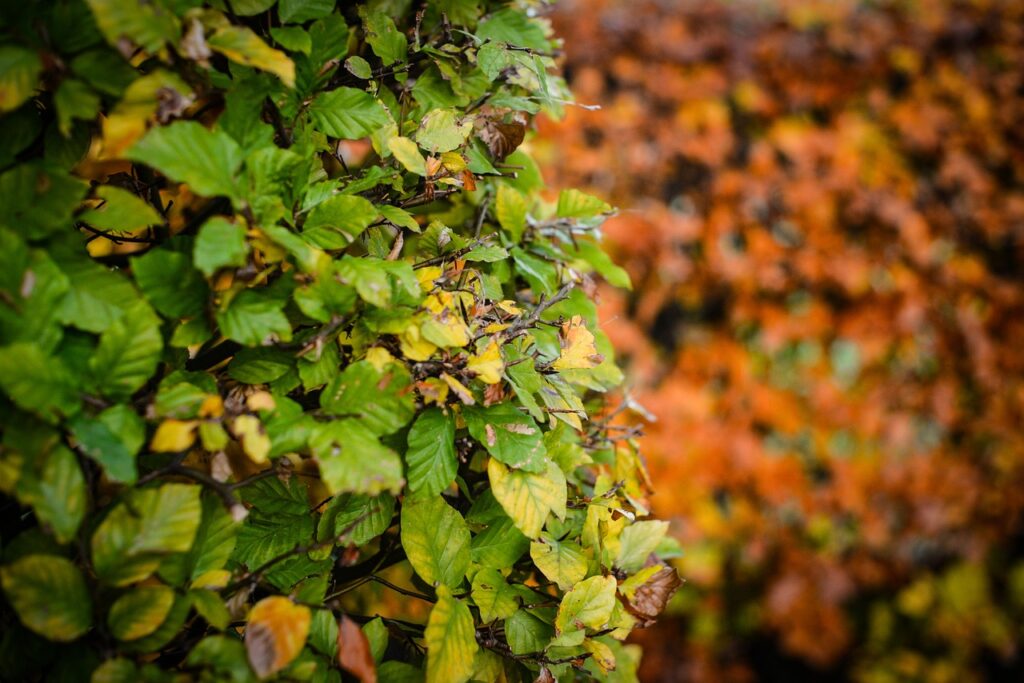
There are some occasions when you might wish to transplant your beech hedge, moving it from one location to another in your garden. Perhaps you’re moving and would like to take the hedge with you. Or maybe you’re considering selling it?
Whatever the reason, the best time to transplant a beech hedge is in the autumn, when the leaves begin to fall.
Dig out the beech hedge carefully to avoid damaging the roots. Then, follow the same instructions for planting a hedge when transferring it to its new position.
How to maintain a beech hedge
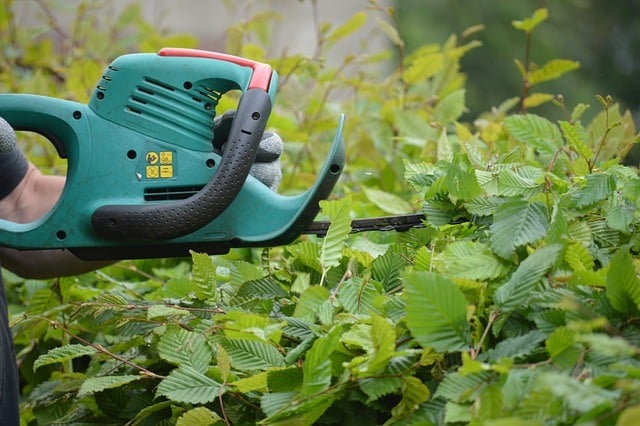
Your beech hedge will only provide years of beauty and protection with a little care.
The principal maintenance tasks are:
- Watering
- Pruning
- Topping
Watering your beech hedge
Like all plants, your beech hedge needs a good supply of water to thrive. So, water your hedges once a week unless it rains — in which case, the soil will most likely be wet enough without additional watering.
It’s better to water your hedge thoroughly once a week than a little every day — that will just encourage mildew on the leaves, which can damage the plant.
Once a week, thorough watering ensures the water penetrates down into the roots.
And don’t forget to fertilise your hedge for the best results. Find out how to fertilise hedges.
Pruning your beech hedge
It’s essential to prune your beech hedge to maintain its neat appearance and promote continued growth.
Prune in August, after the first growth spurt of the summer. Trim to the desired height, ensuring the hedge is narrower at the top than at the bottom. This will help ensure the lower branches get plenty of sunlight, preventing thin bottom growth.
Check out our expert’s guide to pruning your beech hedge.
Topping your beech hedge
The term “topping” your hedge means trimming along the top of the collective hedge to maintain a neat and uniform shape along the length of the entire bush.
It’s essential to top the hedge at the same time each year — in the spring — otherwise, it can slow down the hedge’s growth, producing bald patches.
Common problems with beech hedges: solved
There are three main problems to address when planting and caring for a beech hedge. The most common are:
- Aphids
- Mould
- Drought
Aphids
Aphids will damage your beech hedge and other surrounding plants by nibbling at the leaves, leaving the plant more susceptible to stunted growth and drying out.
Encourage ladybirds into your garden with pollen-rich blooms, and they’ll eat the aphids. I recommend flat-topped flowers like yarrow or angelica or herbs like fennel or dill.
Mould
You might spot mould or mildew on your beech hedge’s leaves caused by watering the foliage rather than around the stump. There’s not a great deal you can do to prevent rain from pouring onto leaves, but when you water manually, only water around the plant’s soil.
Make sure it’s not mildew — this can hamper the bush’s growth and vitality. Find out how to identify and eradicate mildew in our expert article.
Drought
One of the most common causes of stunted or poor growth is a lack of water. So, always ensure the soil is moist around your beech hedge — if it’s not, give it some water.
FAQs
Plant your beech hedge in late autumn (October) or early spring (April) for the best results. Avoid planting your saplings when the ground is frosty — it will stunt the early growth.
Beech hedges take an average of five years to grow bushy enough to call a proper privacy hedge. They grow on average 30-60cm a year, so it’s possible to gain a 2m hedge within a couple of years. Ensure you prune your bush each year to encourage faster growth.
One of the worst things you can do for a beech hedge is allow it to grow in heavy, overly wet soil: the roots will rot. Beech hedges need well-drained soil, so add plenty of good-quality compost, leaf mould, or organic matter to the earth around the sapling’s base if you have heavy clay soil.
Enjoy your beautiful beech hedge!
A beech hedge is a beautiful asset in any garden, and with proper care, it can last for years.
Remember, plant your beech hedges at the right time of year and always keep the soil moist. Give it a feed at least once a year, and you’ll have a bush you’ll be proud of.
If you have any questions about your beech hedge, get in touch. Or check out our comprehensive Help & Advice section for tips and help with all things garden!
We can’t wait to hear from you!
Thanks for reading!
Leave a comment
Your answer will be displayed on the site and the interested party will be notified by email.
Leave a comment
Have a question or want to share your experience? Leave us a comment.
Read more
The best tips and tricks for a lush green lawn
 7 MIN
13 Sep
Lavender Cuttings: a step-by-step guide
7 MIN
13 Sep
Lavender Cuttings: a step-by-step guide
 11 MIN
10 Sep
Create Your Low-Maintenance Garden – Tips and Ideas
11 MIN
10 Sep
Create Your Low-Maintenance Garden – Tips and Ideas
 Scarifying Kit
All products after scarifying | Quickly restores the lawn after scarifying | Outsmart weeds quickly with the use of this kit
From: € 39.99
Scarifying Kit
All products after scarifying | Quickly restores the lawn after scarifying | Outsmart weeds quickly with the use of this kit
From: € 39.99
 Spring Lawn Care Kit
MOOWY’s choice for the spring | Quick recovery of your lawn after winter | A strong lawn prevents weeds
From: € 25.99
Spring Lawn Care Kit
MOOWY’s choice for the spring | Quick recovery of your lawn after winter | A strong lawn prevents weeds
From: € 25.99
 Long Lasting Lawn Fertiliser
Effective for 90 days | See results in 14 days! | Suitable for all types of grass and soil
From: € 13.99
Long Lasting Lawn Fertiliser
Effective for 90 days | See results in 14 days! | Suitable for all types of grass and soil
From: € 13.99
Do you want a lawn calendar?
🌱 All important maintenance moments for your lawn during the year. Leave your email and we will send you the lawn calendar for free.
Enter your email
Receive the lawn calendar in the mail
Enjoy a green lawn all year round!










Comments (0)
There are no comments yet. Well then, what are you waiting for to
Be the first to write your comment!inaugurate this pretty page?
Do you have some comments?